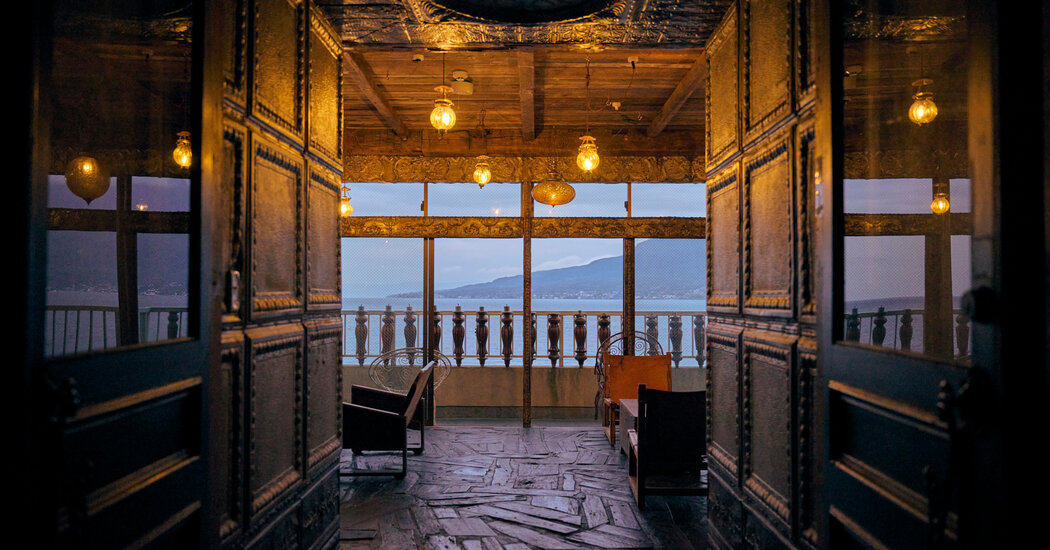T’s monthly travel series, Flocking To, highlights places you might already have on your wish list, sharing tips from frequent visitors and locals alike. Sign up here to find us in your inbox once a month, and to receive our weekly T List newsletter. Have a question? You can always reach us at tlist@nytimes.com.
Kagoshima, the prefecture that wraps around the southern end of the Japanese island of Kyushu, is said by some to resemble the head of a dragon. At the mouth of this dragon stands Sakurajima, one of the country’s most active volcanoes, whose plumes of smoke can often be seen from the capital, Kagoshima City, just a short ferry ride away.
The area’s extraordinary natural features, which also include a sprawling 1,500-year-old camphor tree, the largest in Japan, have famously inspired art of equal beauty. The director Hayao Miyazaki visited Kagoshima’s densely forested Yakushima island to recreate the scenery of its Shiratani Unsuikyo Ravine for his 1997 animated film, “Princess Mononoke.” But while Tokyo and Kyoto continue to draw stampedes of Western tourists, Kagoshima still seems to attract mostly Japanese and other Asian visitors, eager to explore the prefecture’s peninsulas and islands and take shopping trips to the pottery village of Miyama in the city of Hioki.
History enthusiasts know Kagoshima, which includes what was once the feudal domain of Satsuma, as the birthplace, in 1828, of Saigo Takamori, known as the last samurai, who led the movement to overthrow the military shogunate in Edo (present-day Tokyo). The region was also the home of the Shimadzu clan, which, during the Edo period (1603-1868), while the rest of Japan largely closed its borders to foreigners, maintained connections with other East Asian nations through its trade with the Ryukyu Kingdom and later promoted technological exchange with England. The clan’s endeavors helped pave the way for the country’s industrial revolution in the latter half of the 19th century. Sengan-en, a 1658 Shimadzu villa in Kagoshima City, is open to the public, showcasing lush gardens, a palace and a museum. Farther south are a series of exceptionally picturesque islands, including Tanegashima, site of the country’s largest rocket-launch center; the wooded Yakushima; and the Amami chain, with its teeming coral reefs.
Click Here to Read the Full Original Article at NYT > Travel…
